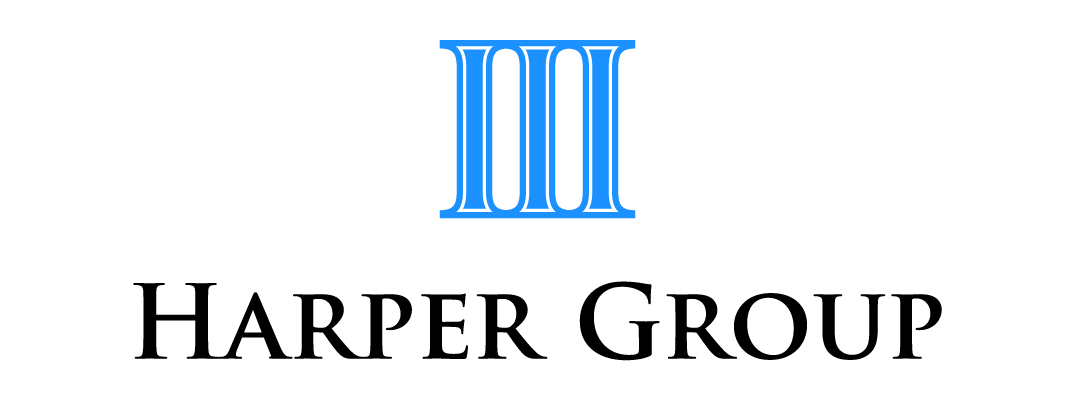Active vs passive assets and the small business CGT concession
The small business capital gains tax concessions are extremely valuable, and for small business owners who need to dispose of assets that have risen in value during the time they have owned them, accessing these concessions can mean greatly reducing any consequent tax liability, even to zero.
But to access the CGT concessions some conditions must first be satisfied, such as having an aggregated annual turnover of less then $2 million, and net assets not exceeding $6 million. One of the small business CGT concessions, the 50% asset reduction, comes with one particular condition — that the CGT asset satisfies the active asset test.
A CGT asset is an “active asset” if it is used, or held ready for use, in the course of carrying on a business by the taxpayer (or their affiliate or an entity connected with them, known as relevant entities). For example, a bricks-and-mortar shop held and used by a green grocer to sell fruit and vegetables is an example of an active asset.
Another condition to satisfy this test is that the asset must be an active asset of the taxpayer for the lesser of 7.5 years or half of the relevant ownership period.
However, certain assets are specifically excluded from being an active asset, with one such exclusion applying to assets where the main use by the taxpayer is to derive rent (unless the main use for deriving rent was only temporary). When determining the main use of the asset, the taxpayer is instructed to disregard any personal use or enjoyment of the asset by them (which includes use by affiliates and connected entities).
Carrying on a business
To qualify as an active asset, a tangible CGT asset must be used or held ready for use in the course of carrying on a business, but there is no black-and-white test for determining whether a business is being carried on. However the ATO has enumerated several indicators that may be relevant, including;
· the size, scale and permanency of the activity
· repetition and regularity of the activity
· whether the activity is planned, organised and carried on in a systematic and businesslike manner, and
· the expectation, and likelihood, of a profit.
It can be assumed that the operator of a motel is conducting a business, however most residential rental activities are a form of investment, and do not amount to carrying on a business.
Notwithstanding this, it is possible to conduct a rental property business. To take a real example from the ATO’s case files, it so happened that a taxpayer owned eight houses and three apartment blocks (each comprising six residential units), making a total of 26 properties. The taxpayer actively managed the properties, devoting a significant amount of time to this (an average of 25 hours per week). The ATO concluded this taxpayer was carrying on a business.
So while an asset whose main use is “to derive rent” cannot be an active asset, it has been argued that this exception should not apply to properties where the taxpayer carries on a business of leasing properties (but rather only to passive investments). There have however been legal cases where the courts rejected this argument, stating clearly that it does not matter if the taxpayer is in the business of leasing properties or not.
There is no statutory definition of the word rent that is relevant in this context, so the term takes on its common law meaning.
Where there is a question of whether the amount paid constitutes “rent”, a key factor to consider is whether the occupier has a right to “exclusive possession” of the property. If such a right exists, the payments involved are likely to be rent. Conversely, if the arrangement allows the occupier only to enter and use the premises for certain purposes, and does not amount to a lease granting exclusive possession, the payments involved are unlikely to be rent.
Other relevant factors include the degree of control retained by the owner, the extent of any services performed by the owner (such as room cleaning, provision of meals, supply of linen and shared amenities) and the length of the arrangement.
By way of example, the ATO looked at the operator an eight-bedroom boarding house. The average length of stay was four to six weeks. Visitors were required to leave the premises by a certain time and the proprietor retains the right to enter the rooms. He pays for all utilities and provides cleaning and maintenance, linen and towels and common areas such as a lounge room, kitchen and recreation area. The ATO concluded that the amounts received were not rent.
What is main use?
The term “main use” is not defined in the relevant laws. Therefore resolving the matter in regard to the mixed use of assets is likely to involve a consideration of various factors, however most important will be the comparative level of income derived from the different uses of the asset.
By way of example, consider a taxpayer who owns land on which there are several industrial sheds. He uses one shed (45% of the land area) to conduct a motorcycle repair business and leases the other sheds (55% of the land by area) to unrelated third parties. The income derived from the repair business is 80% of total income, with the rest derived from leasing the other sheds. Having regard to all the circumstances, the ATO considered that the “main use” of the taxpayer’s land is not to derive rent.
Harper Group Pty Ltd Chartered Accountants Frankston Ph 03 9770 1547
Disclaimer: All information provided in this article is of a general nature only and is not personal financial or investment advice. Also, changes in legislation may occur frequently. We recommend that our formal advice be obtained before acting on the basis of this information.
